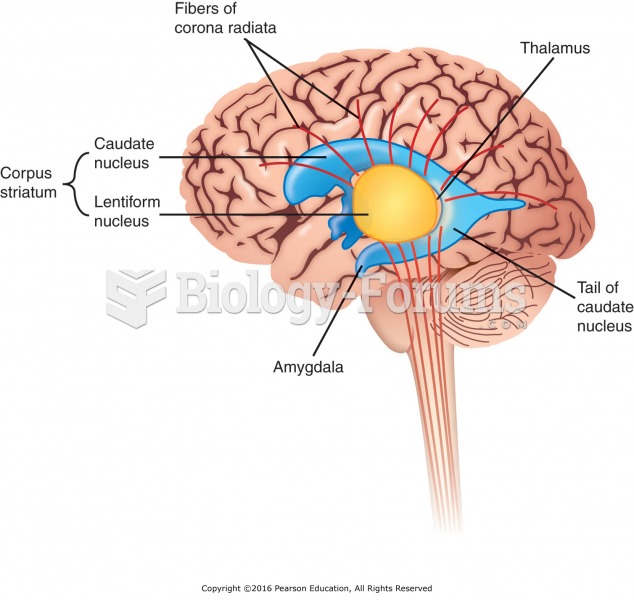This topic contains a solution. Click here to go to the answer
|
|
|
Did you know?
Green tea is able to stop the scent of garlic or onion from causing bad breath.
Did you know?
The FDA recognizes 118 routes of administration.
Did you know?
Increased intake of vitamin D has been shown to reduce fractures up to 25% in older people.
Did you know?
If you could remove all of your skin, it would weigh up to 5 pounds.
Did you know?
The people with the highest levels of LDL are Mexican American males and non-Hispanic black females.







